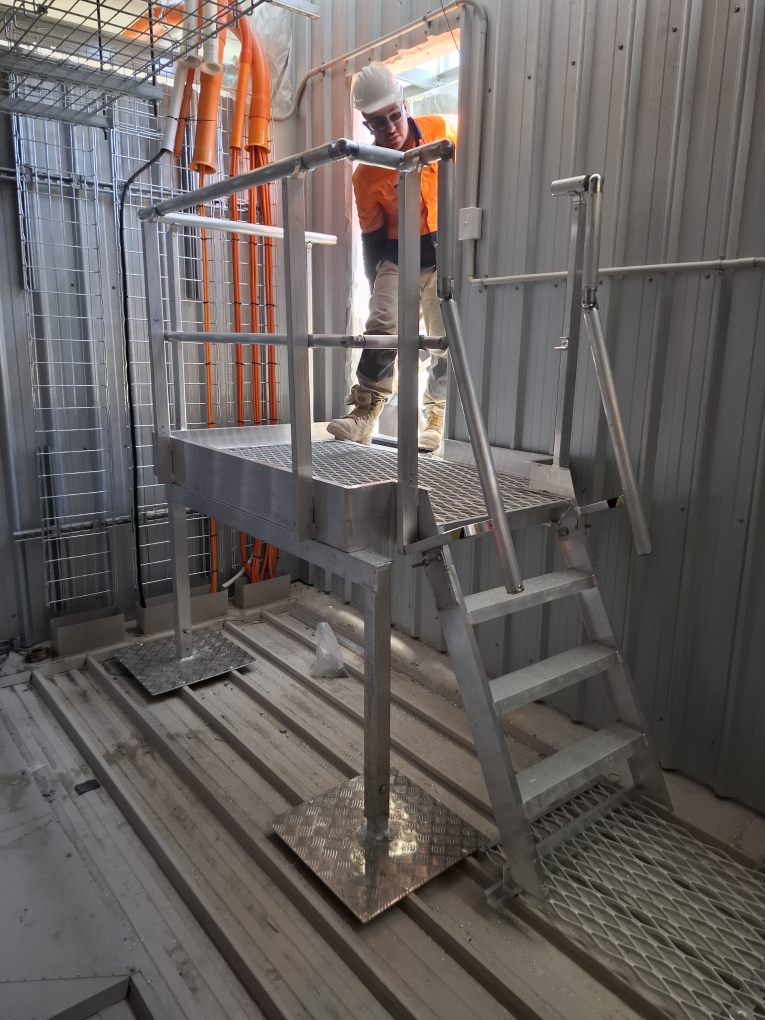In March 2018, a 19 year old worker sustained fracture injuries to both kneecaps, partially severed fingers on one hand and a severe laceration to his calf when he fell approximately three metres from a roof.
An edge protection system was installed around the roof perimeter. The system was erected by a scaffolder and consisted of a post and rail setup. Scaffold components were used to construct the edge protections system, specifically tube and coupler. Early investigations indicate there may have been a failure of a mid-rail which the worker was leaning against. The mid-rail has pulled away on one end at the coupler joint, resulting in the worker falling through the gap.
The investigation is continuing.
Preventing a similar incident
Edge protection systems may be an effective way to manage some of the risks of working at heights. The effectiveness of an edge protection system depends on:
- appropriate design
- manufacture in accordance with the designer’s specifications
- test and examination after manufacture
- instructions supporting use and maintenance of the system
- correct installation by a competent person
- appropriate use.
If edge protection is used as a control measure, then section 306E of the Work Health and Safety Regulation 2011 also requires:
- the design withstands the downwards or outwards force of the impact of a person falling against it
- that a rail, or another component that prevents people from falling, be fitted
- that another rail (or rails), or sturdy mesh, sheeting or other material below the rail or component be fitted.
If the edge protection has rails, the edge protection must have:
- a bottom rail fitted at least 150mm, but not over 250mm, higher than the surface that is at the base of the edge protection; or
- a toe board, for the surface that is at the base of the edge protection, at least 150mm high and fitted below all rails of the edge protection; and
- another rail or rails fitted so that there is not over 450mm between any rail and its nearest rail or between the lowest rail and any toe board for the surface that is at the base of the edge protection; and
- if the slope of the surface from which work is to be done is over 26° – sturdy mesh, sheeting or other material that extends upwards at least 900mm from the surface that is at the base of the edge protection or the toe board.



